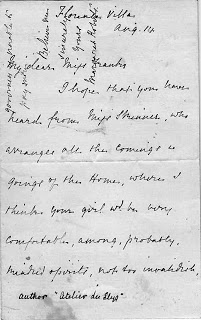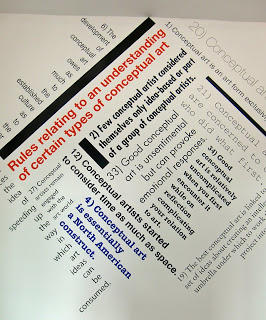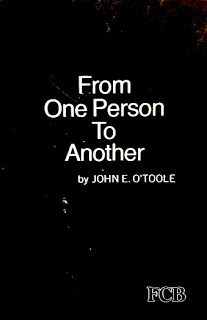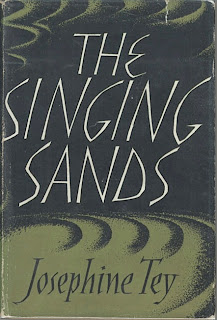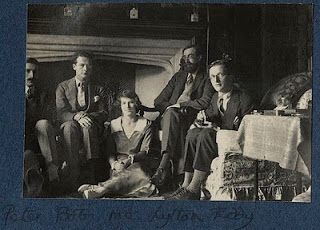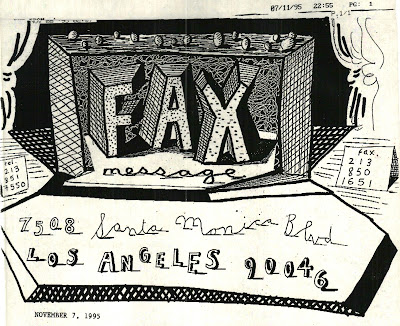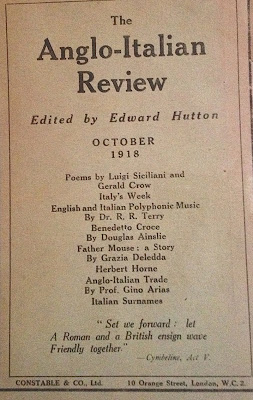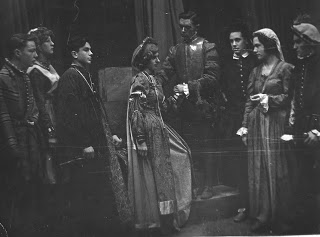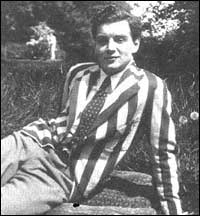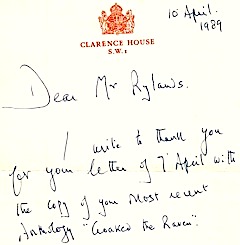Introduction from The British at Home by Pont of Punch (London 1939) written by T.H. White (author of The Sword in the Stone.) The cartoonist Pont illustrated about 6 books, all amusing. His real name was Graham Laidler (1908-1940). He told White 'I do not try to draw funny people. I have no sense of humour. I try very hard to draw people exactly as they are.' White deconstructs one drawing, although how he knows these people are posing for The Tatler is a mystery.
Look, for example, at the family group on page 19. The 'Country Folk' are evidently posing for a photograph in The Tatler. But who are they, and what sort of person would each be to meet? My belief is that that paterfamilias is going to be a Governor General – hence the photograph for The Tatler – and that he will be a good one. He does not understand very much, dear fellow, but he has had a sound classical education at Harrow (yes Harrow: you would have thought Eton, but look at the tie) and his family mottoes show the extent of his learning. They are Mensa, Mensa, Mensam and Palam, Clam, Cum ex and E. No doubt he is interested in pigs or roses. His eldest son in the riding boots is at Oxford, and he does not understand very much about things either, for he has inherited his father's eyes. I doubt he is even good at polo.

His wife was an actress, or else a famous debutante case, for she still considers herself a reigning beauty and spends all the time making herself up.
She is not baffled, like her husband, but simply idiotic. Like all reigning beauties, she is untidy and a nuisance to the servants, it is my guess that it was she, and not her Oxford son, who threw that cigarette-end in the middle of the picture before resuming her oafish smile. Is there some lipstick on it?
Next come the smaller children and the dogs. The eldest daughter is at the difficult age, poor child: she looks gawky in her jodhpurs and is only halfway to her mother's appreciation of the importance of photographs. To the youngest daughter, however, I am afraid The Tatler is but a closed book. Whether she has seen an earwig or some private fancy we cannot tell. The second son has been birds'-nesting. They were lucky enough to catch him for the picture, and stood him there, but there was not time to brush his hair. He waits until it is over, and will be off again as soon as it is. Meanwhile he remains quiescent and without thought, with some faint forecast of the blank paternal eye. The youngest boy is the interesting one. He has had his hair safely brushed by Nannie in the nursery, and has been delivered into his mother's theatrical embrace. Observe how his behind sticks out, and with what an internal convulsion he glares upon the photographer. He does not know what the devil they are all doing. What phobias, what indignant conclusions he will arrive at in this infant crisis we can only guess.
So far the Family, but there is still the house and the extraordinary statuary: there is still the dachshund living its own life and the gardener in the background doing heaven knows what with his straw hat. Perhaps it is not a gardener, but an uncle. If so there may be a strain of madness at the Manor House...These are a few of the delicious problems which I must now leave to the wise purchaser of this occult book. [T.H. White.]


